Coffey is pleased to share the recent publication of a detailed Saggart Reservoir case study on WaterProjectsOnline. The article covers the delivery of a major strategic water asset for the Greater Dublin Area, providing insight into the design, construction, and commissioning of a new 100000m³ covered reservoir and associated infrastructure. The Saggart Reservoir project represents an important step in strengthening potable water resilience, addressing long-term demand growth, and replacing ageing assets within the network.
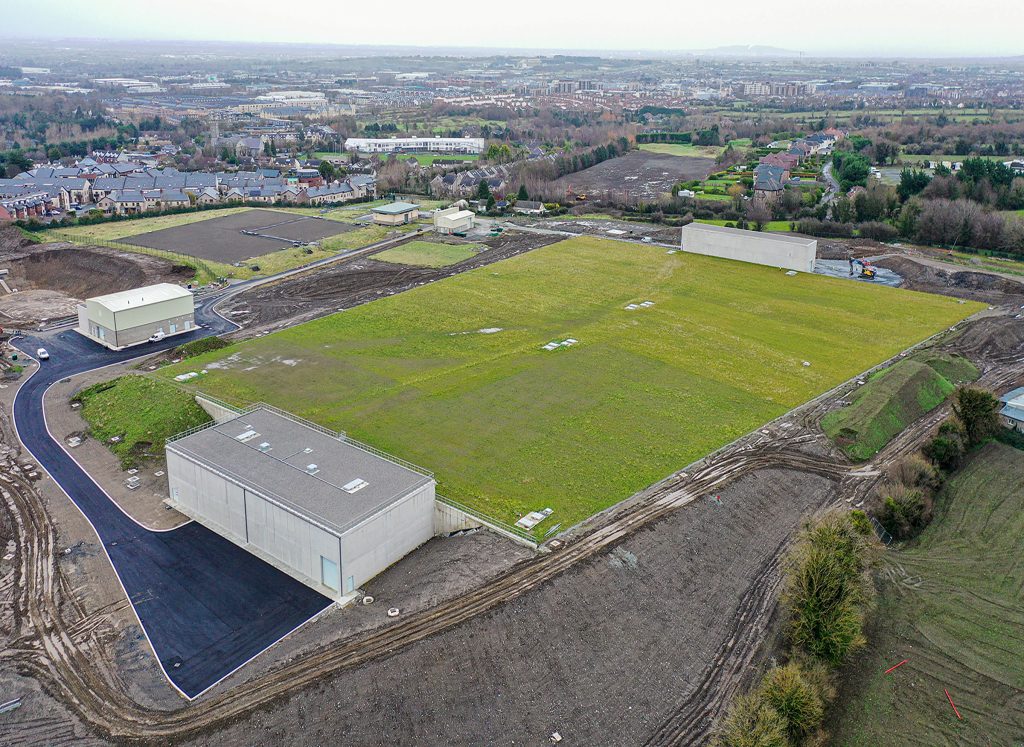
For utility operators, engineering practitioners, and public authorities, the case study is a useful reference point for large-scale storage infrastructure, on-site electrochlorination systems, and live network integration. It shows how targeted capital investment can support service continuity, improved water quality management, and better planning outcomes across the region.
Project Overview
The Saggart Reservoir project delivers new treated water storage capacity to serve communities across Dublin and neighbouring areas. It replaces an older open reservoir with a modern, covered structure that provides increased protection against contamination and weather conditions. The reservoir supports demand management during peak consumption periods, as well as enabling planned maintenance elsewhere on the network.
A key feature of the project is the inclusion of an on-site electrochlorination (OSEC) facility. This allows disinfection to be achieved using generated hypochlorite rather than bulk chemical deliveries. The approach improves supply resilience and reduces reliance on external logistics.
The project responds to several drivers:
- Continued residential and commercial growth in the Greater Dublin Area
- Replacement of older assets approaching end of life
- The need for greater network flexibility and emergency storage
- Enhanced compliance with drinking water standards
Technical Delivery Highlights
As project delivery partner, Coffey supported the delivery of both civil and MEICA works. The programme included excavation, reinforced concrete construction, and integration of mechanical and electrical systems. Installation works required careful planning within a live network environment and close coordination with operations teams.
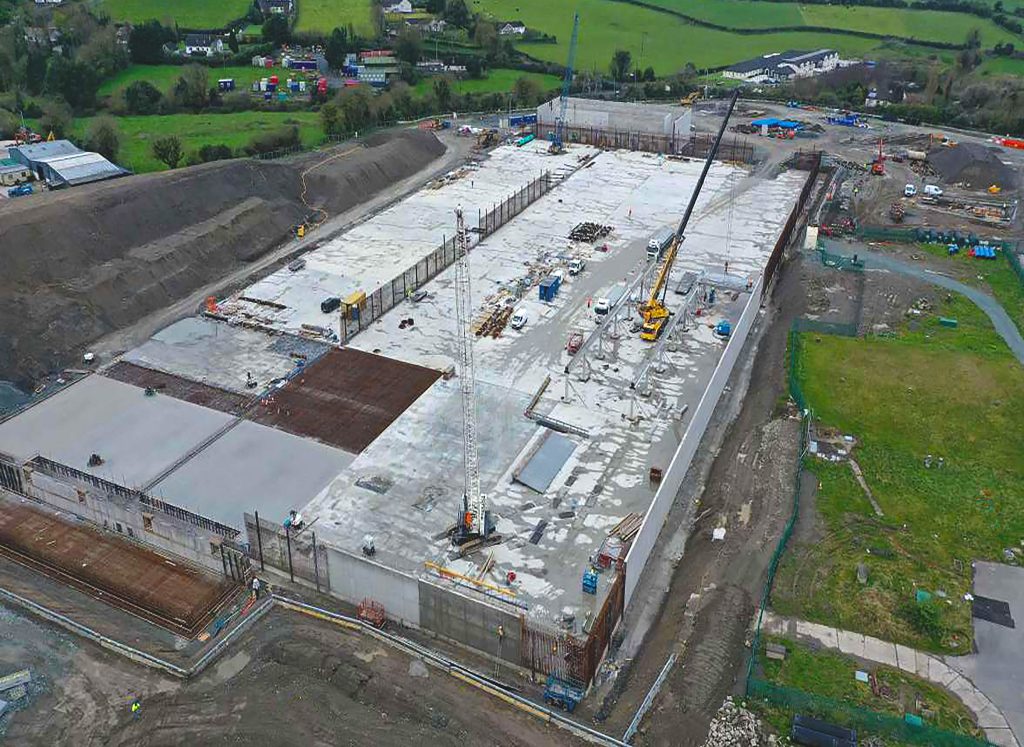
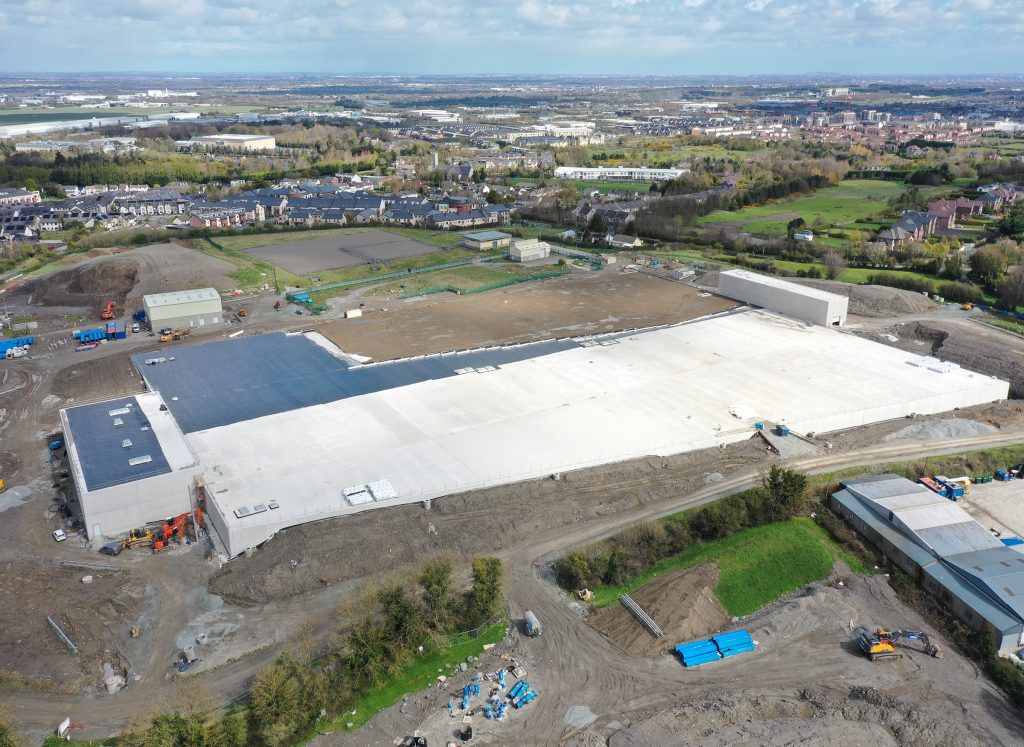
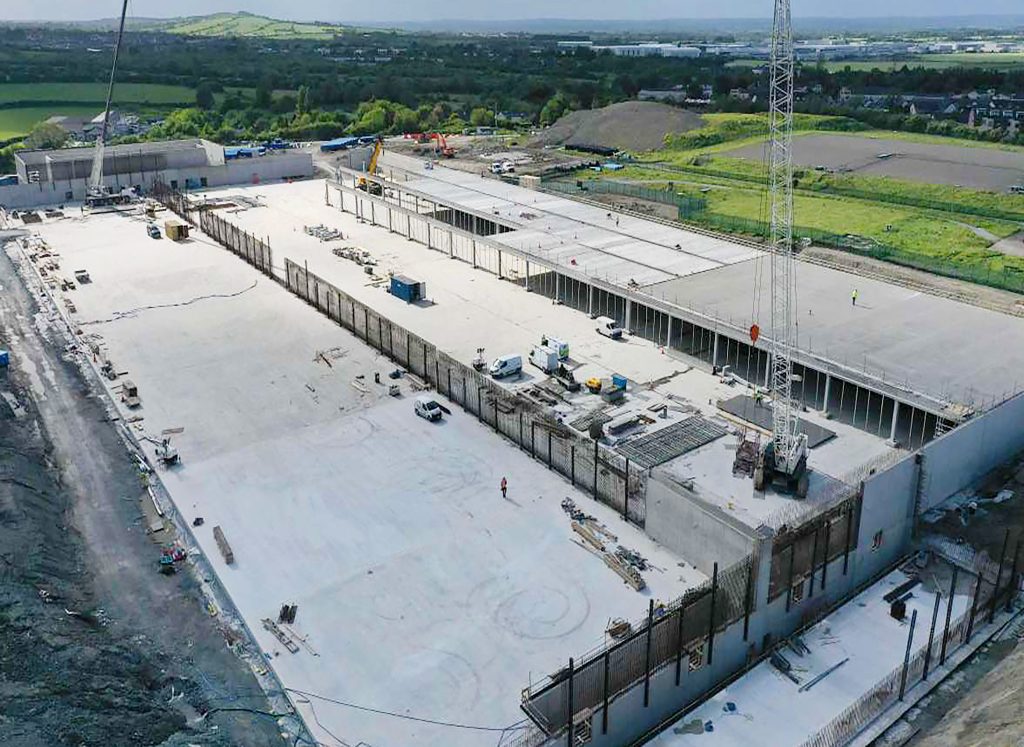
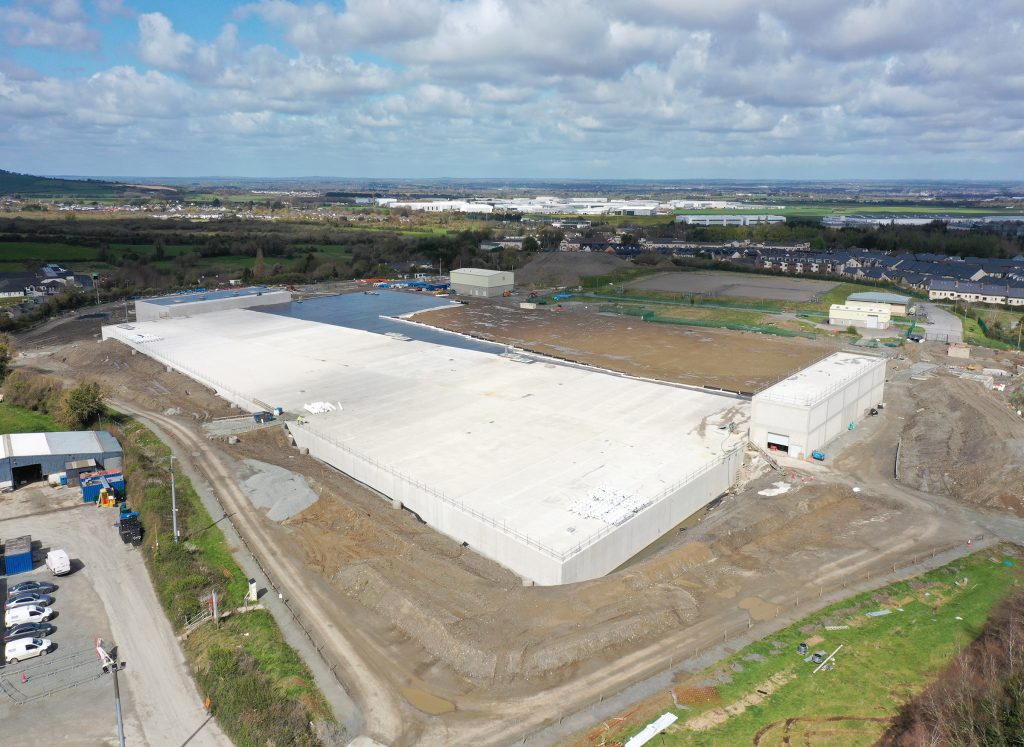
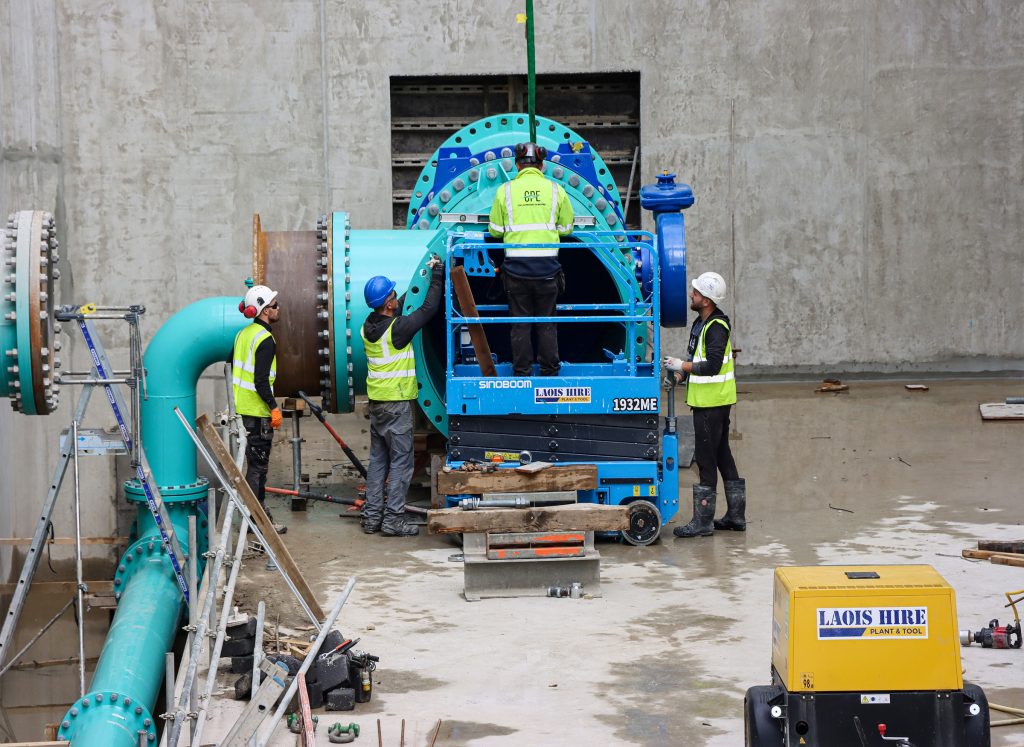
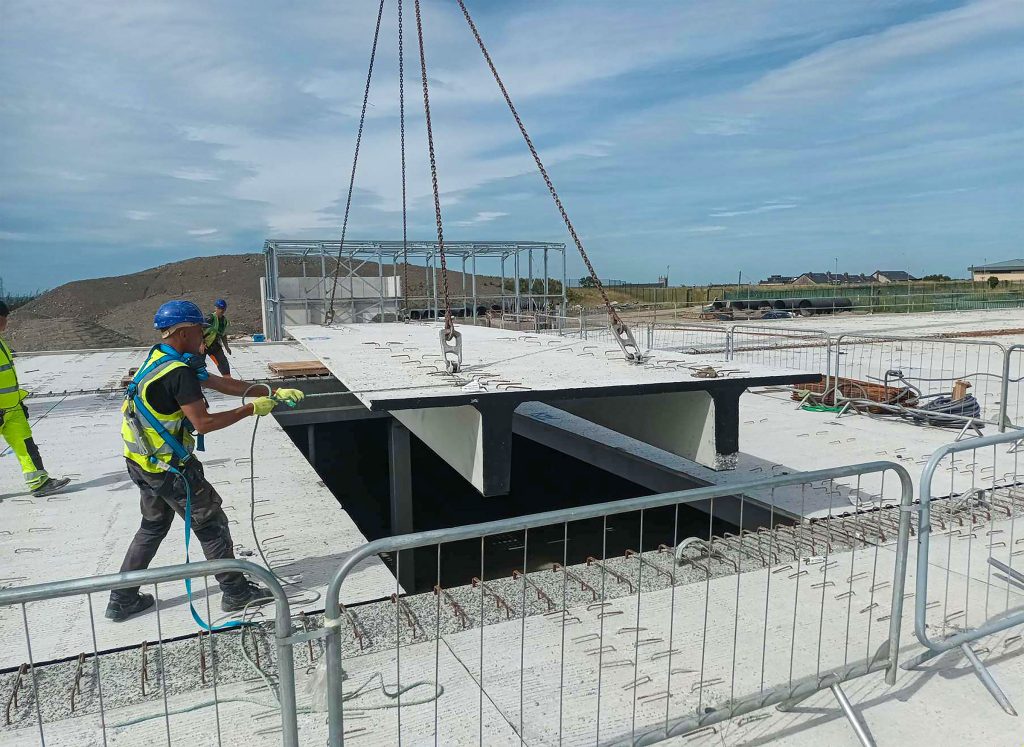
The MEICA design encompassed:
- Pumping systems and interconnecting pipework
- Process control equipment
- Instrumentation and telemetry
- Integration with existing monitoring platforms
Live tie-ins required phased outages and contingency planning to ensure continuity of supply. Construction activities were planned using detailed risk assessments, with specific attention given to public health protection. The site layout also supported safe access routes for plant and personnel, while enabling construction progress to be maintained across multiple work fronts. Where possible, modular assembly and prefabrication supported build efficiency.
Innovation and Safety
The Saggart Reservoir project incorporated a range of safety measures throughout construction and final operation. The covered reservoir design provides fall protection and improves site access for inspection and maintenance. Process buildings were arranged to reduce manual handling, and handrails and platforms were designed to be robust and easy to maintain.
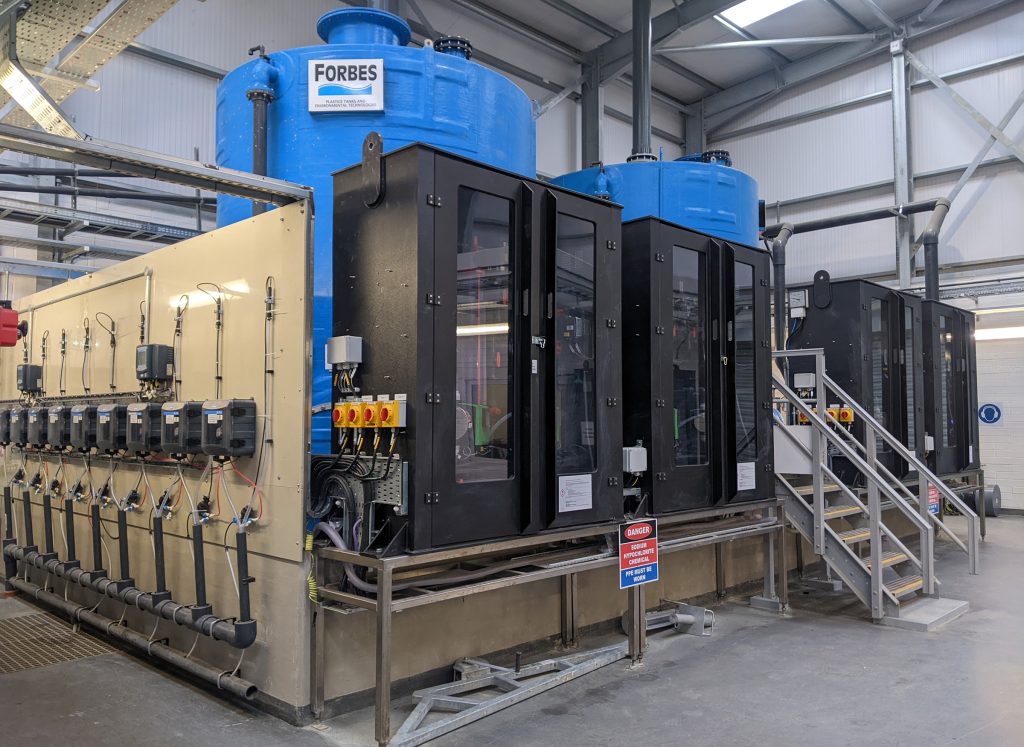
Lean planning tools were used to coordinate teams and streamline sequencing. Regular briefings supported clear communication. The design of the OSEC facility reduces the risk associated with transporting hazardous chemicals through populated areas. On-site generation of disinfectant improves operator safety and reduces storage requirements.
Sustainability and Environmental Performance
Sustainability was a key consideration throughout the project life cycle. The new covered reservoir design improves water quality by protecting against external contamination risk. The OSEC facility significantly reduces bulk delivery of chemicals, leading to:
- Fewer transport movements
- Reduced handling risks
- Lower carbon emissions associated with tanker logistics
The surrounding site includes areas seeded to support pollinators and natural regeneration. Landscaping helps integrate the structure into the local environment and reduces visual impact.
Efficiency improvements in pumping, control philosophy, and asset management also contribute to operational sustainability. Enhanced monitoring enables proactive intervention rather than reactive correction.
Collaboration and Project Partners
Delivery of the Saggart Reservoir project required cooperation across multiple specialist organisations. Coffey worked alongside designers, equipment suppliers, and process technology partners to ensure compatibility and performance. Collaboration with the utility operator supported delivery sequencing, commissioning, and network integration. Regular coordination meetings helped maintain focus on safety, quality, and programme alignment.
Coffey’s core values were reflected throughout:
- Do the Right Thing by prioritising public health protection and high construction standards
- Do It Better by adopting efficient construction methods and smart process design
- Do It Together by working closely with all stakeholders
Significance for National Infrastructure
The Saggart Reservoir project enhances the resilience of treated water supply for large parts of the Dublin network. Increased storage capacity allows for planned maintenance, emergency response, and reduced risk of supply interruption. The covered structure protects water quality and supports compliance with national and European requirements.
The OSEC facility improves the resilience of disinfection processes and reduces dependency on external deliveries. This forward-looking approach supports long-term planning as the urban population increases.
The project contributes to:
- Public health protection
- Robust network operation
- Climate adaptation planning
- Long-term service continuity
Its delivery aligns with national objectives for infrastructure renewal and sustainable water services.
Contact us
Readers can explore the full Saggart Reservoir case study on WaterProjectsOnline to gain further insight into the design approach, construction methodology, and operational outcomes.
Here is a link to the full case study – https://waterprojectsonline.com/case-studies/saggart-reservoir-2025/
To discuss water infrastructure needs or learn how Coffey can support similar programmes, please contact our team through www.coffeygroup.com/contact-us

